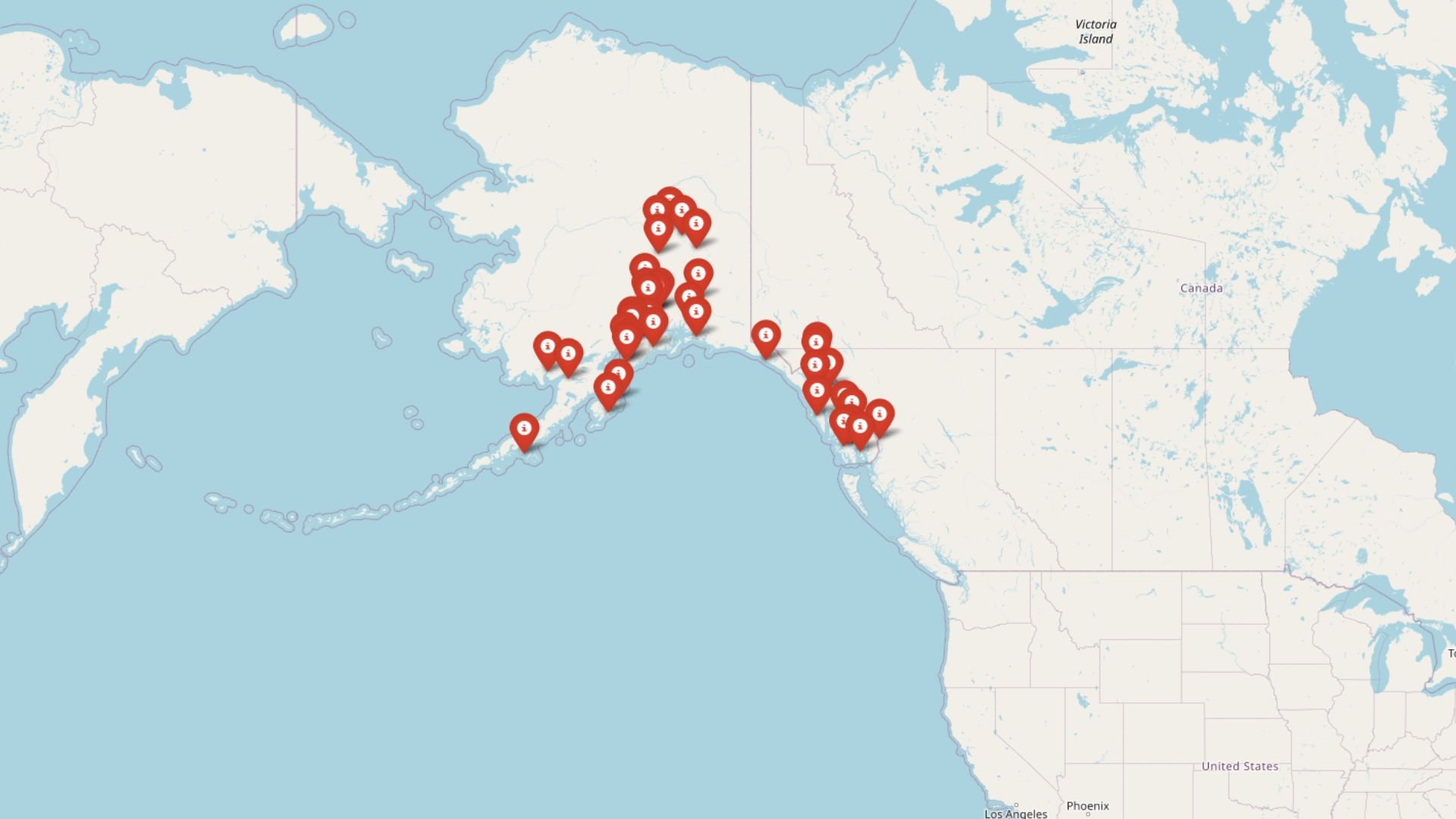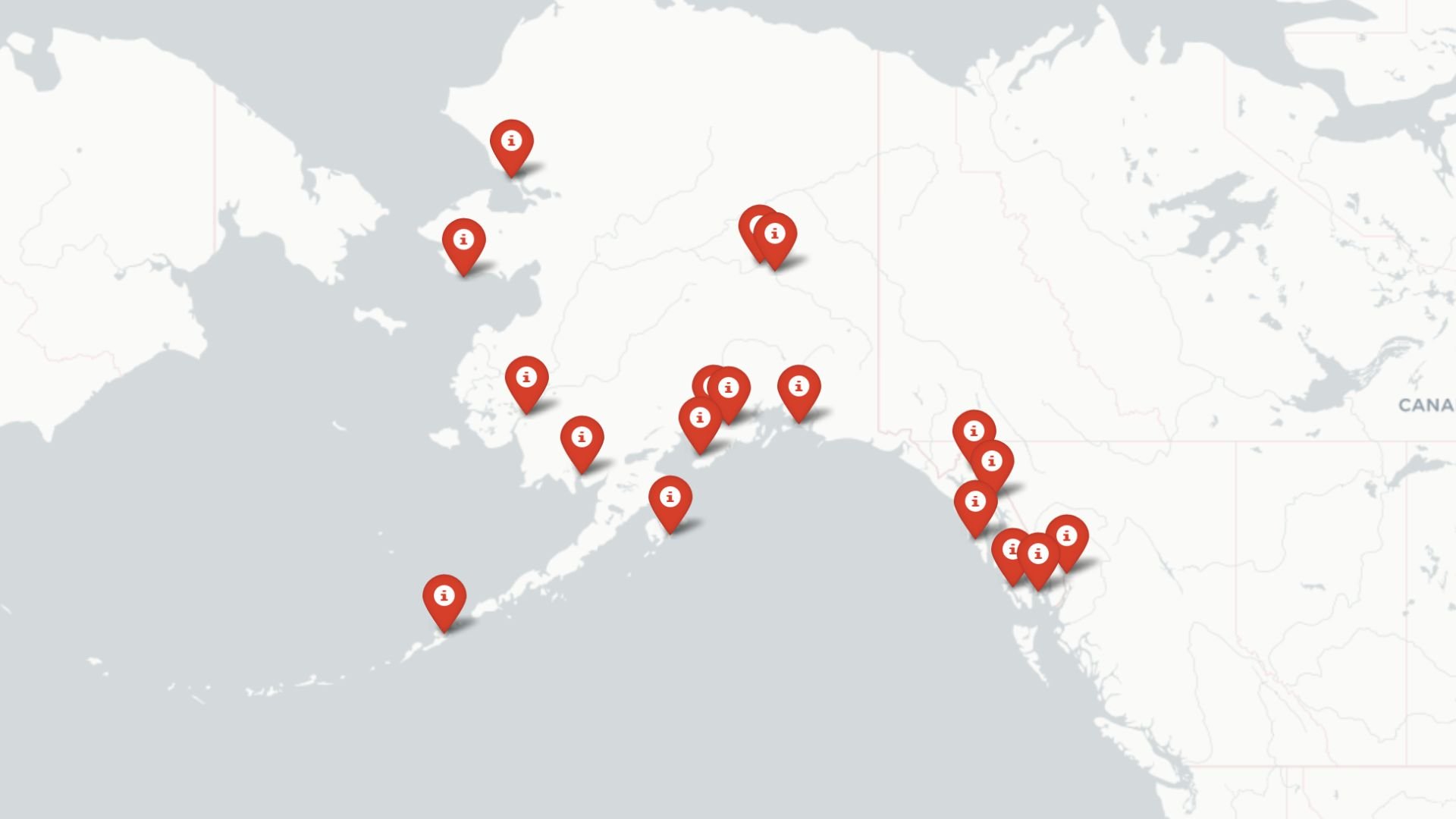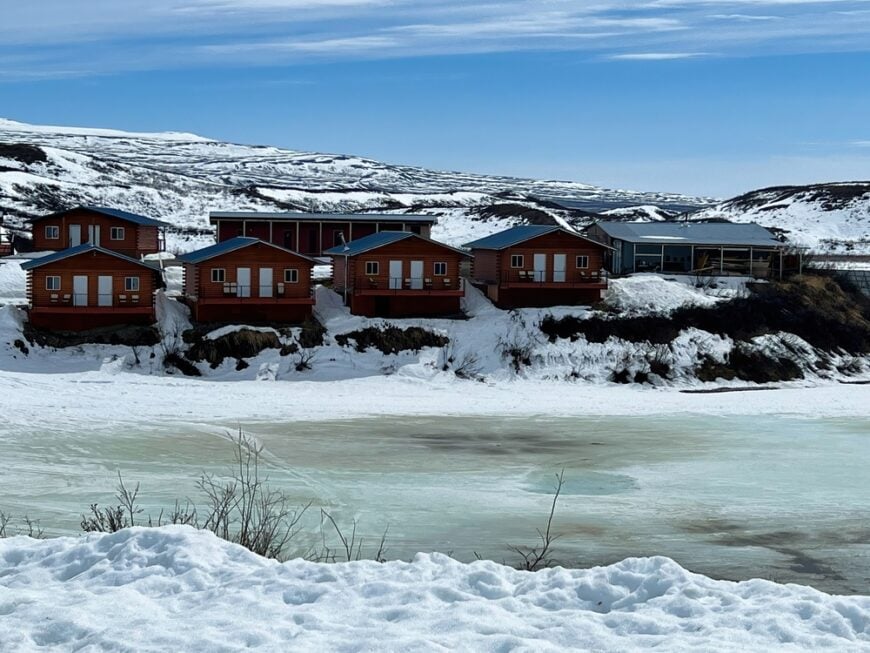
Alaska’s Copper River Valley isn’t a place you pass through on the way to somewhere else—it’s the destination when silence, space, and sky are the things you’re chasing. Flanked by the Chugach and Wrangell Mountains, this region trades in a different kind of wealth: time, solitude, and proximity to raw, unmannered nature. In towns like Mentasta Lake and Kenny Lake, locals live closer to caribou than chain stores. The roads are long, the neighbors are few, and the views are infinite.
The valley gets its name from the Copper River, which once powered ancient Ahtna trade routes and later lured prospectors toward its red-stained banks. Today, its waters still churn with salmon—and with a cultural memory that runs deeper than the riverbed. McCarthy, the last stop at the end of a gravel road, clings to its mining-era bones. Tazlina and Chitina offer glimpses of Alaska as it was: stubborn, weather-worn, and fiercely local.
These 10 towns are less about spectacle and more about rhythm—a slower, older cadence that resists interruption. If you come, don’t rush. You’ll need time to adjust your ears to quiet and your eyes to the way the light hangs on tundra.
10. Mentasta Lake
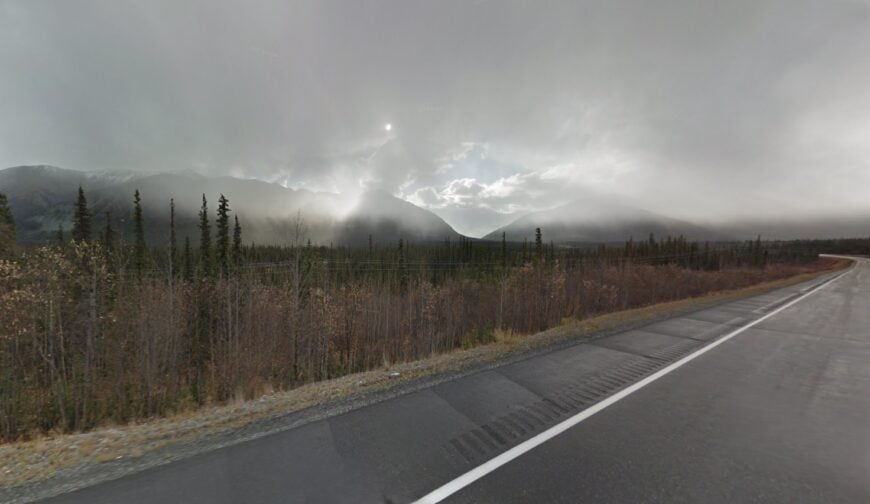
Mentasta Lake is a remote Native village with a population of around 100 residents, nestled beside the tranquil waters of Mentasta Lake. The community is rich in cultural heritage, with the Ahtna Athabascan people preserving traditional practices and languages. Visitors can engage in subsistence fishing, berry picking, and experience local customs firsthand.
The main industries revolve around subsistence living and small-scale tourism, giving the town a serene and untouched atmosphere. Its seclusion is accentuated by the vast surrounding wilderness and limited infrastructure, making it a perfect retreat for those seeking authenticity and peace.
Where is Mentasta Lake?
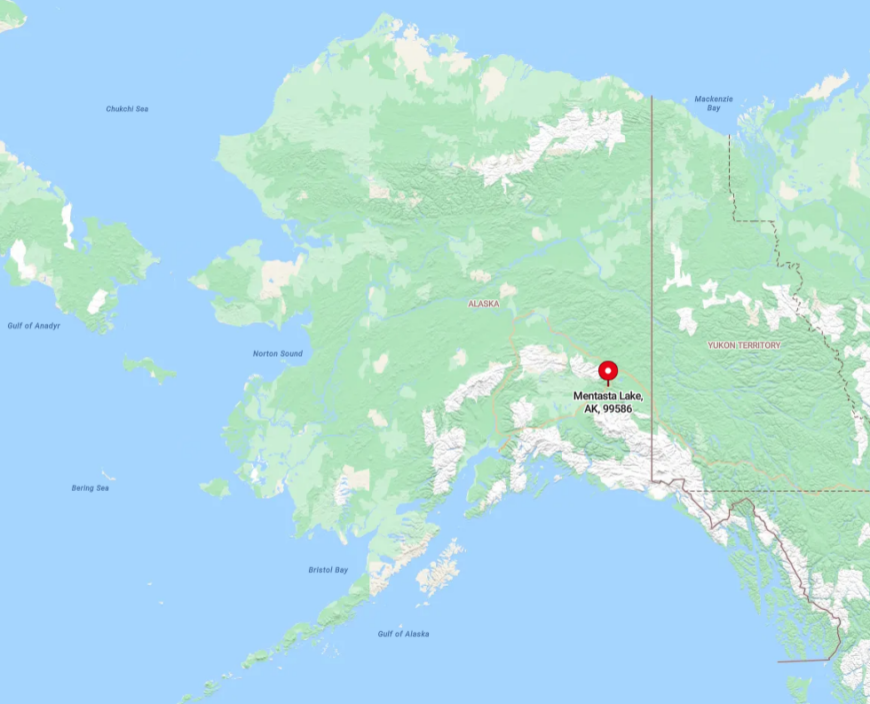
Located in the eastern part of the Copper River Valley, Mentasta Lake sits near the junction of the Tok Cut-Off and the Glenn Highway. Its remote position, far from major cities and nestled among mountains and forests, adds to its secluded charm.
Access is primarily via the Tok Cut-Off Highway, with few services along the way, emphasizing the village’s isolation. The journey offers stunning views of the Wrangell and Mentasta mountain ranges, but the lack of public transportation and limited road access keep visitor numbers low, preserving the tranquility of Mentasta Lake.
9. Kenny Lake
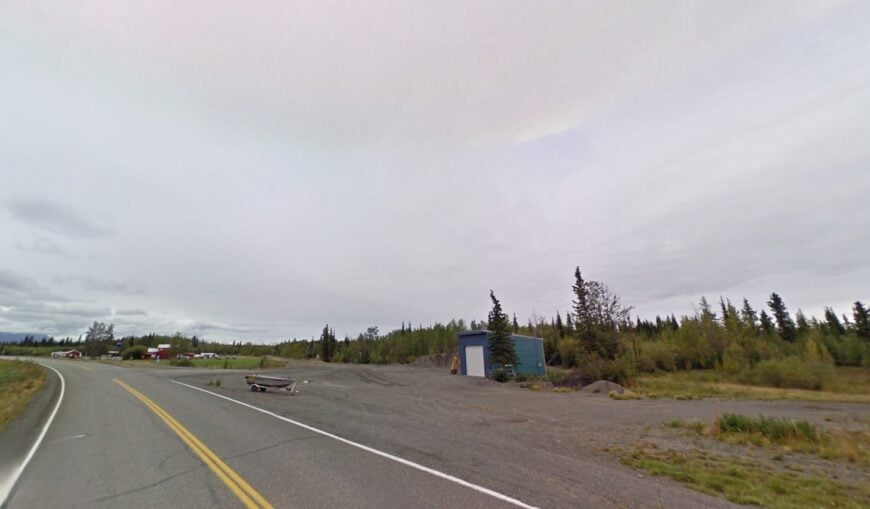
Kenny Lake is a small agricultural community with a population of about 400 people, offering a unique contrast to Alaska’s typically rugged wilderness. The town’s rolling farmlands are a hidden gem, showcasing fields of hay and hardy crops adapted to the northern climate.
Visitors can enjoy local farm tours, berry picking, and explore nearby hiking trails that lead into the surrounding forests. The main industries are agriculture and small-scale tourism, with residents embracing a self-sufficient lifestyle. Its seclusion comes from its off-the-beaten-path location and the encompassing natural beauty that keeps it quiet and peaceful.
Where is Kenny Lake?

Situated along the Edgerton Highway, about 30 miles south of the Richardson Highway junction, Kenny Lake is accessible yet remains relatively untouched by mass tourism. The town’s location in the Copper River Basin, surrounded by the Wrangell-St. Elias National Park and Preserve, contributes to its secluded feel.
Travelers can reach Kenny Lake by road, but limited services and the vast distances between communities enhance its sense of isolation. The scenic drive offers breathtaking views, but the sparse population and the expanses of farmland and wilderness keep Kenny Lake a tranquil retreat.
8. Tazlina
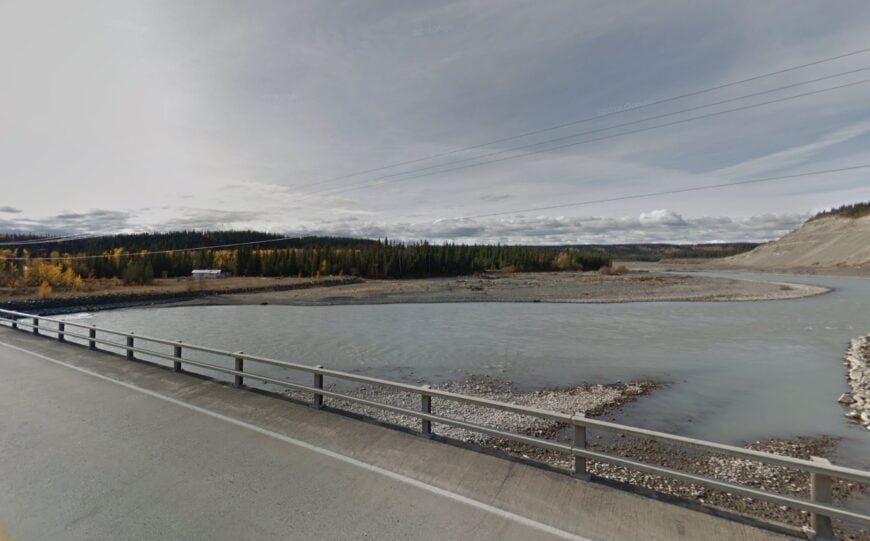
Tazlina is a secluded village with a population nearing 300, located near the stunning Tazlina Glacier. The town is known for its peaceful setting and opportunities to witness the awe-inspiring Northern Lights. Outdoor enthusiasts can enjoy fishing in the Tazlina River, hiking, and wildlife viewing in the surrounding tundra and forest areas.
The primary industries include subsistence activities and tourism, with the local community deeply connected to the land. Tazlina’s seclusion is heightened by its quiet atmosphere and the panoramic views of the Chugach Mountains that envelop the area.
Where is Tazlina?
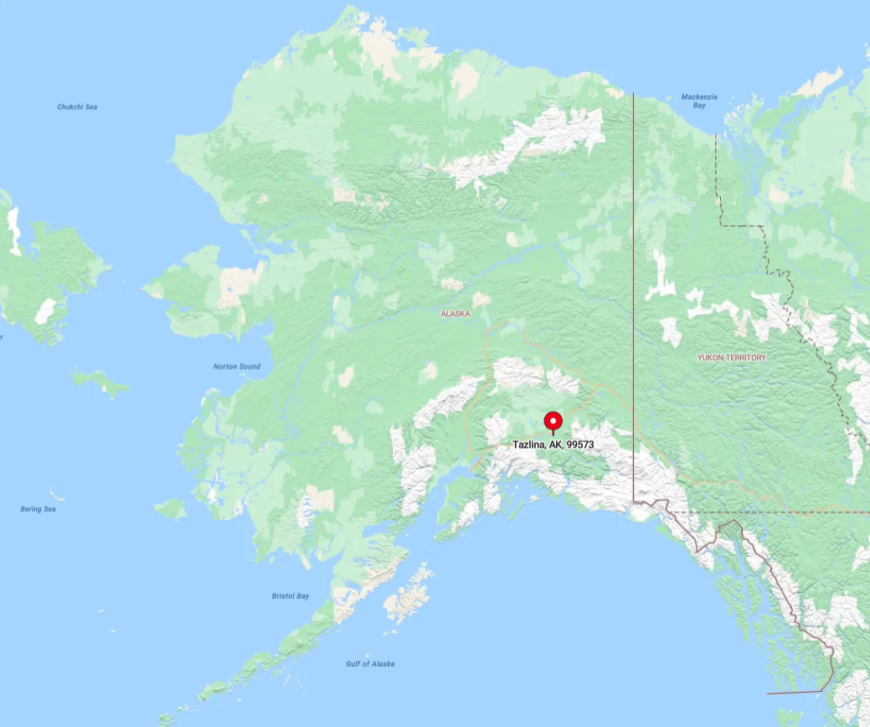
Positioned just off the Richardson Highway in the Copper River Valley, Tazlina lies approximately 160 miles northeast of Anchorage. Its location near the Tazlina River and Glacier offers remote beauty, while the limited development maintains its secluded character.
Access to Tazlina is primarily by road, but the journey through the vast Alaskan landscape underscores its isolation. The small size of the village and the surrounding wilderness make it feel worlds away from urban centers, providing a quiet haven for residents and visitors alike.
7. Paxson
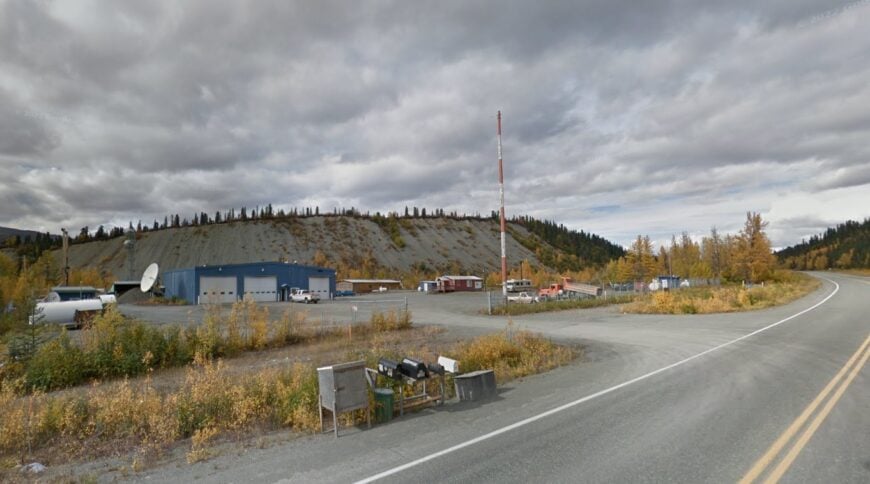
Paxson is a tiny community with an estimated population of fewer than 40 people, marking the beginning of the Denali Highway. It boasts pristine lakes and stunning scenic vistas that are a paradise for photographers and wildlife enthusiasts. Activities include boating on Paxson Lake, fishing, and exploring the untouched landscapes that surround the area.
The main industries are related to outdoor recreation and tourism during the summer months. Paxson’s seclusion is a result of its minimal population and the expansive wilderness that stretches in every direction, offering an idyllic escape into nature.
Where is Paxson?
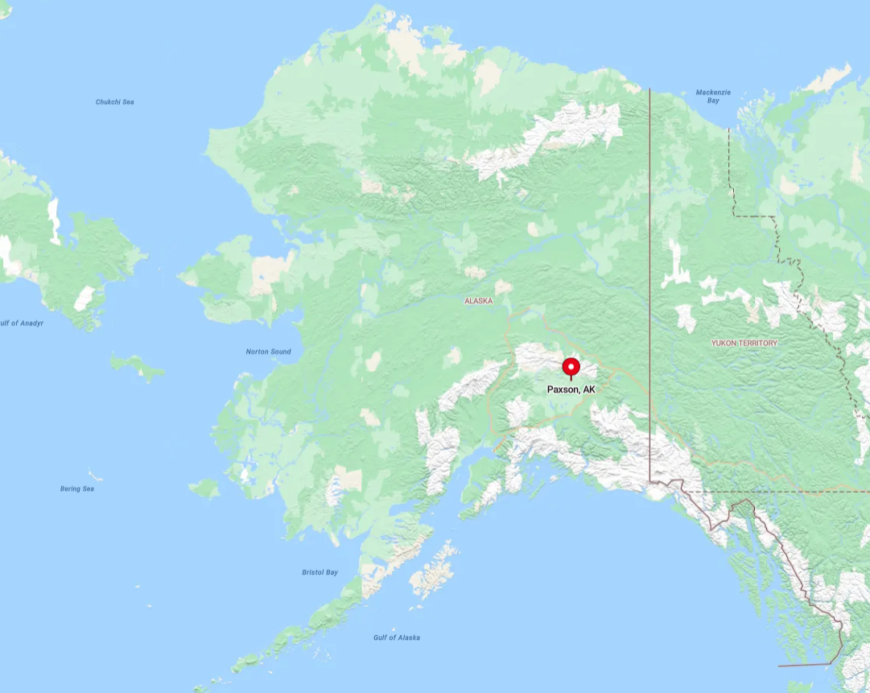
Located at the junction of the Richardson Highway and the Denali Highway, Paxson sits about 180 miles south of Fairbanks. The Denali Highway, mostly unpaved, is only open during the summer and adds to the town’s remoteness. The area is accessible by car, but the long stretches of road without services contribute to its secluded vibe. The surrounding alpine tundra and proximity to the Alaska Range make getting to Paxson an adventure in itself, attracting those who seek solitude amid majestic landscapes.
6. Slana
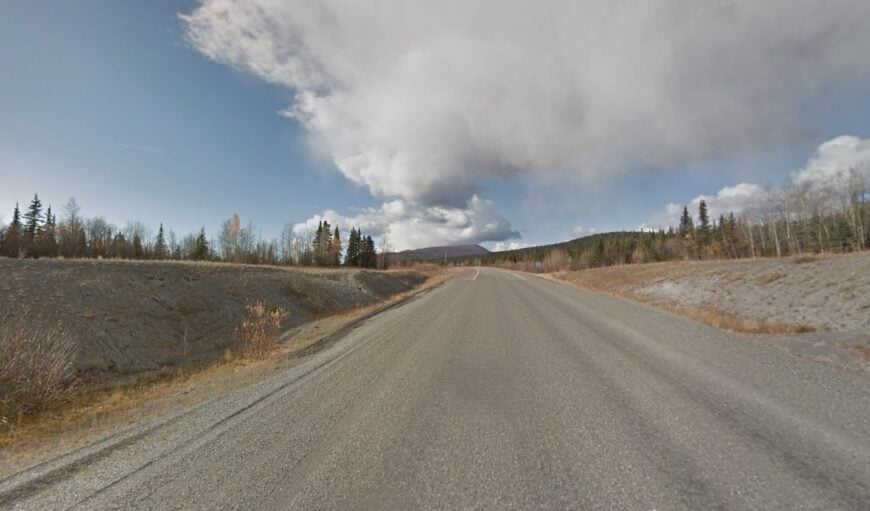
Slana is a remote settlement with approximately 150 residents, situated at the edge of the Tok Cut-Off Highway. Surrounded by vast forests and mountains, it’s an ideal spot for those seeking solitude and exploration. Visitors can engage in activities such as hiking, hunting, and gold panning in the nearby streams.
The main industries revolve around subsistence living and small-scale mining, reflecting a lifestyle closely tied to the land. Slana’s seclusion stems from its sparse population and the immense wilderness that offers a true sense of escape from the modern world.
Where is Slana?
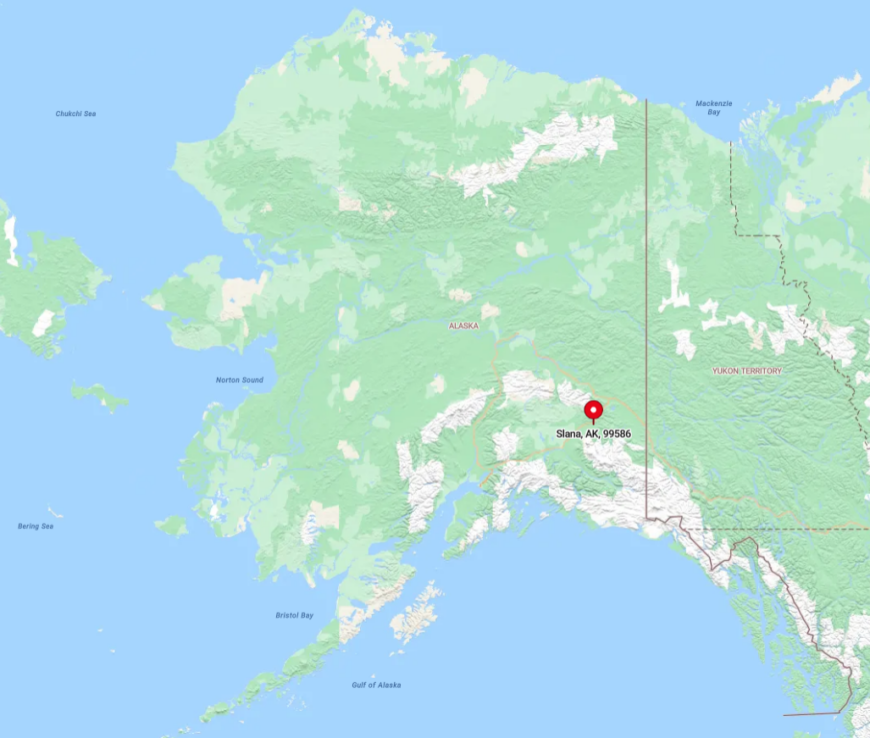
Positioned near the northern boundary of the Wrangell-St. Elias National Park and Preserve, Slana is accessible via the Tok Cut-Off Highway but remains distant from larger towns. The area’s limited infrastructure and services enhance its isolated nature.
To reach Slana, travelers embark on a scenic drive through miles of untouched landscapes, with the nearest significant community, Tok, located about 70 miles to the north. This remoteness, combined with the challenging terrain, makes Slana a secluded haven for adventurers and those looking to disconnect.
5. Copper Center
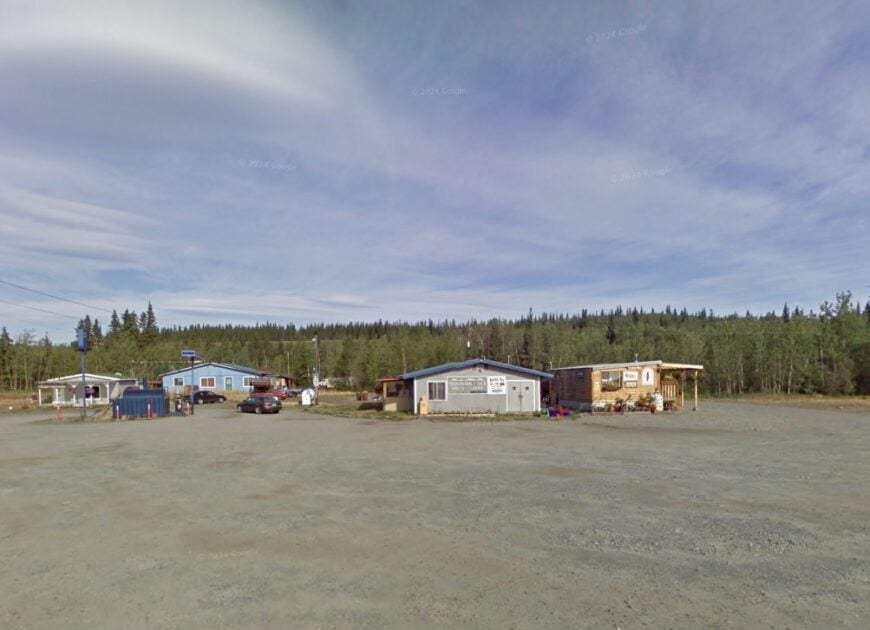
Copper Center is one of the oldest towns in the region, with a population of around 300 people. It offers a glimpse into Alaska’s pioneer past with historic roadhouses and the Copper Center Museum showcasing local history. Visitors can enjoy fishing in the Copper River, hiking, and experiencing traditional Alaskan hospitality.
The town’s main industries are tourism and small business services catering to travelers exploring the valley. Copper Center’s seclusion is characterized by its small-town feel and the surrounding panoramic mountain views that create a serene and timeless atmosphere.
Where is Copper Center?

Located along the Richardson Highway, about 200 miles northeast of Anchorage, Copper Center sits at the confluence of the Copper and Klutina Rivers. While accessible by road, the town maintains a secluded charm due to its distance from major urban centers and the vast wilderness that envelops it.
The drive to Copper Center offers stunning views of the Wrangell Mountains, and the lack of large-scale development preserves its quiet environment. This combination of accessibility and tranquility makes it a unique stop in the Copper River Valley.
4. Gakona
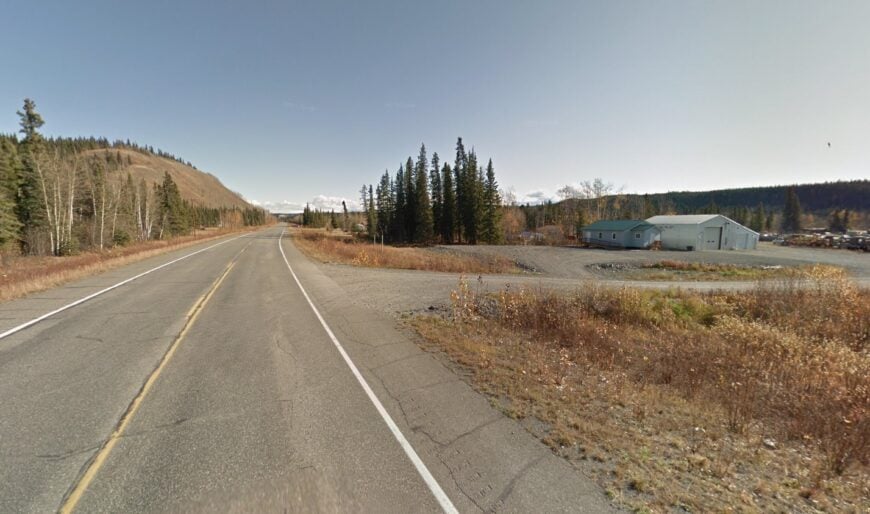
Gakona is a quaint village with a population of approximately 200 residents, located at the confluence of the Gakona and Copper Rivers. The town features rustic lodges and is a gateway for outdoor adventures like fishing, rafting, and hiking. Visitors can explore the historic Gakona Lodge and Trading Post, one of the oldest roadhouses in Alaska.
The main industries include tourism and local services, with a strong emphasis on preserving Alaskan traditions. Gakona’s seclusion is enhanced by its tight-knit community and the sprawling wilderness that surrounds it.
Where is Gakona?
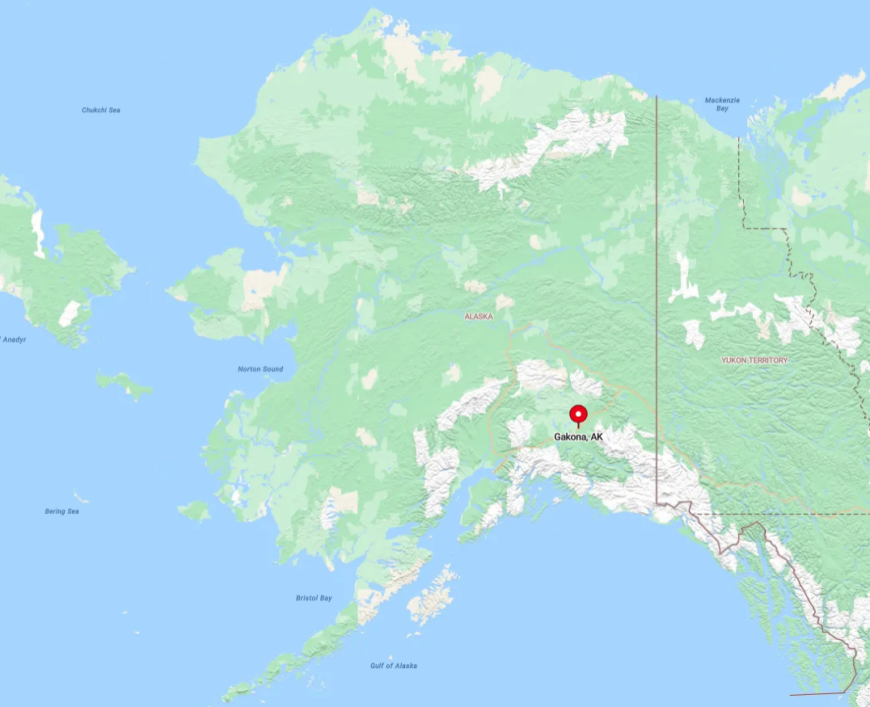
Situated along the Glenn Highway, Gakona is about 15 miles north of Glenallen. Its location at the crossroads of the Glenn and Richardson Highways places it within reach yet maintains its secluded feel due to the low population density and surrounding natural landscapes.
Travelers can reach Gakona by road, but the miles of scenic byways through forests and alongside rivers contribute to its sense of isolation. The village’s position near significant natural attractions yet distant from crowded areas makes it a serene destination.
3. Chitina
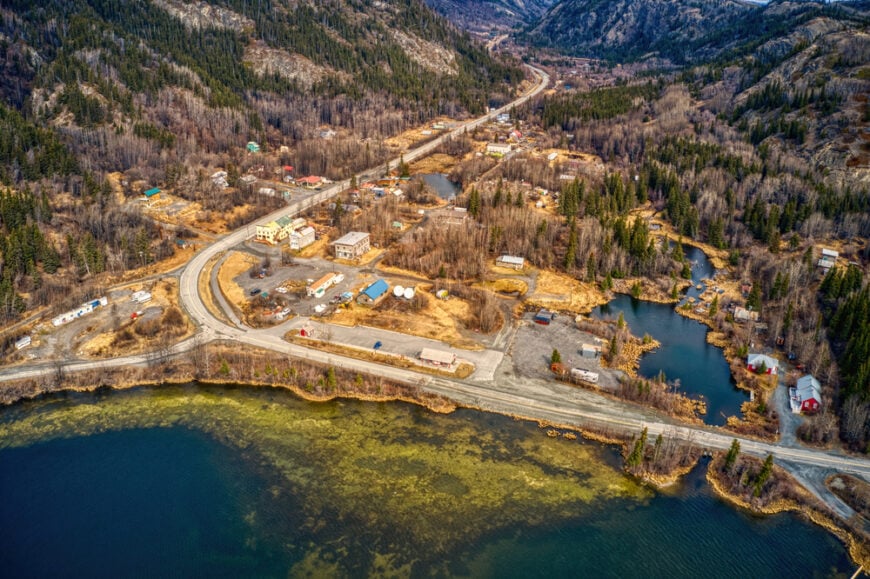
Chitina is a small community with around 125 residents, known for its excellent fishing spots along the Copper River. The town’s serene atmosphere and historic buildings offer a quaint charm. Visitors can engage in dip-net fishing for salmon, explore the Chitina Historic District, and take scenic drives into the wilderness.
The main industries are fishing and tourism, with locals living a lifestyle deeply connected to the river. Chitina’s seclusion is due to its remote location and limited access points, making it a peaceful retreat for those looking to experience rural Alaska.
Where is Chitina?
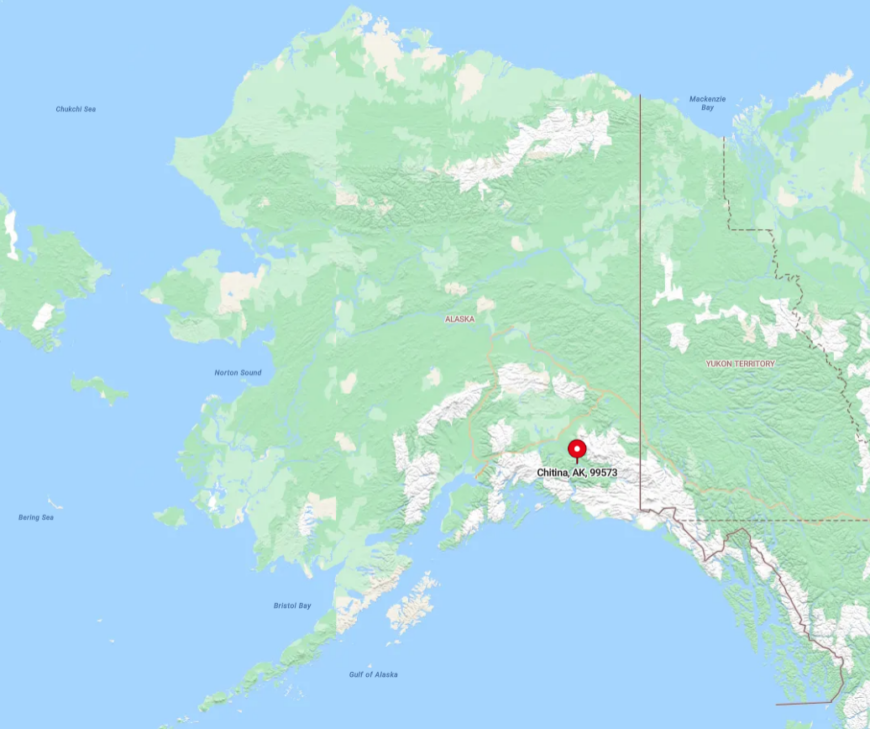
Located at the end of the Edgerton Highway, Chitina serves as the gateway to the McCarthy Road leading into Wrangell-St. Elias National Park. Its position far from major highways and urban centers contributes to its isolated feel. The journey to Chitina involves traversing roads that wind through vast forests and alongside the Copper River. Limited public transportation and services in the area enhance its seclusion, making it accessible primarily to those who seek out its hidden location and the adventures that lie beyond.
2. Kennicott
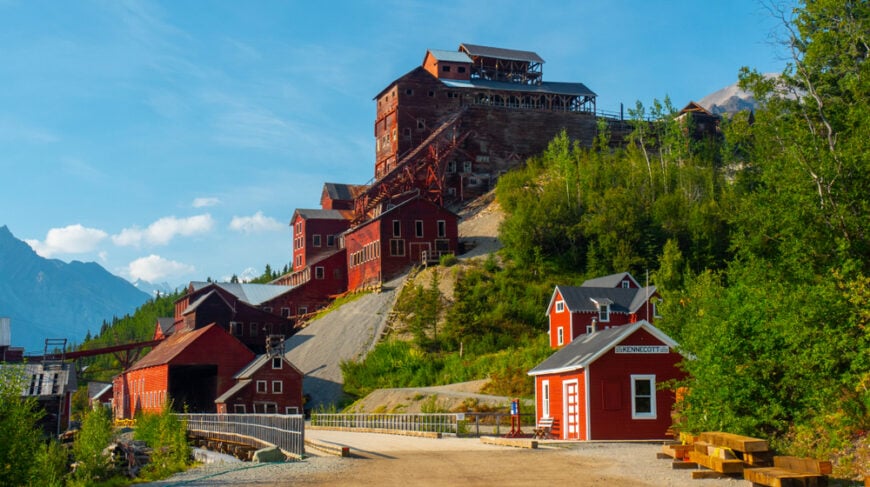
Kennicott is an abandoned copper mining community with well-preserved structures set against dramatic mountain backdrops. Although uninhabited, it comes alive during the summer with visitors exploring its historical significance and picturesque charm.
The community offers guided tours of the old mill and buildings, hiking on nearby glaciers, and a glimpse into early 20th-century mining life. The main draw is its status as a ghost town frozen in time, offering education and adventure. Kennicott’s seclusion is profound due to its remote location within a national park and the effort required to reach it.
Where is Kennicott?
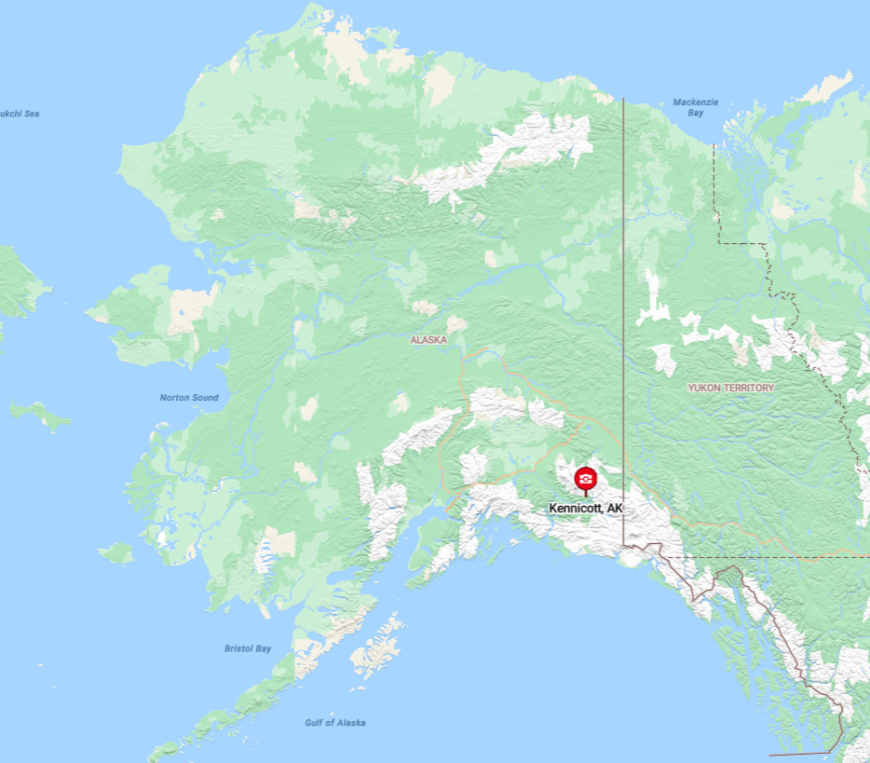
Nestled deep within Wrangell-St. Elias National Park, Kennicott is accessible by a 60-mile drive on the gravel McCarthy Road from Chitina, followed by a footbridge crossing and shuttle service. Its location amidst towering peaks and glaciers enhances its remote allure. The lack of traditional road access and services reinforces its isolated status. Getting to Kennicott is an adventure itself, involving long drives on rugged roads, which keeps visitor numbers relatively low and preserves the untouched feel of this historic site.
1. McCarthy
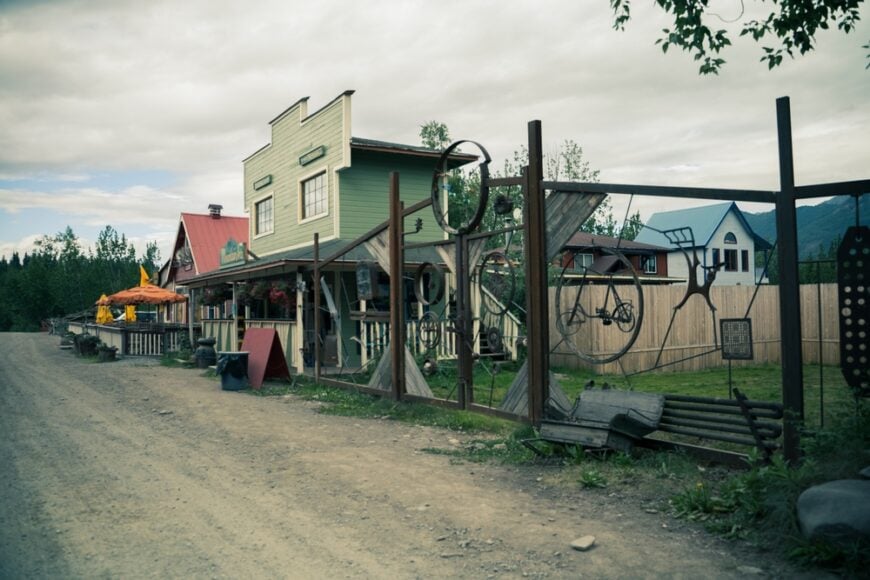
McCarthy is a remote town with a population of about 50 year-round residents, nestled in the heart of Wrangell-St. Elias National Park. The town is known for its historic buildings, rugged landscapes, and appeal as a gateway to nearby glaciers like the Kennicott Glacier. Visitors can enjoy hiking, glacier trekking, and soaking in the vibrant but laid-back community atmosphere.
There are art galleries, local eateries, and opportunities to learn about the area’s mining history. McCarthy’s main industries are tourism and hospitality, catering to adventurers seeking the untamed beauty of Alaska. Its seclusion is profound, surrounded by vast wilderness and accessible by a single gravel road, making it a haven for those wanting to disconnect.
Where is McCarthy?
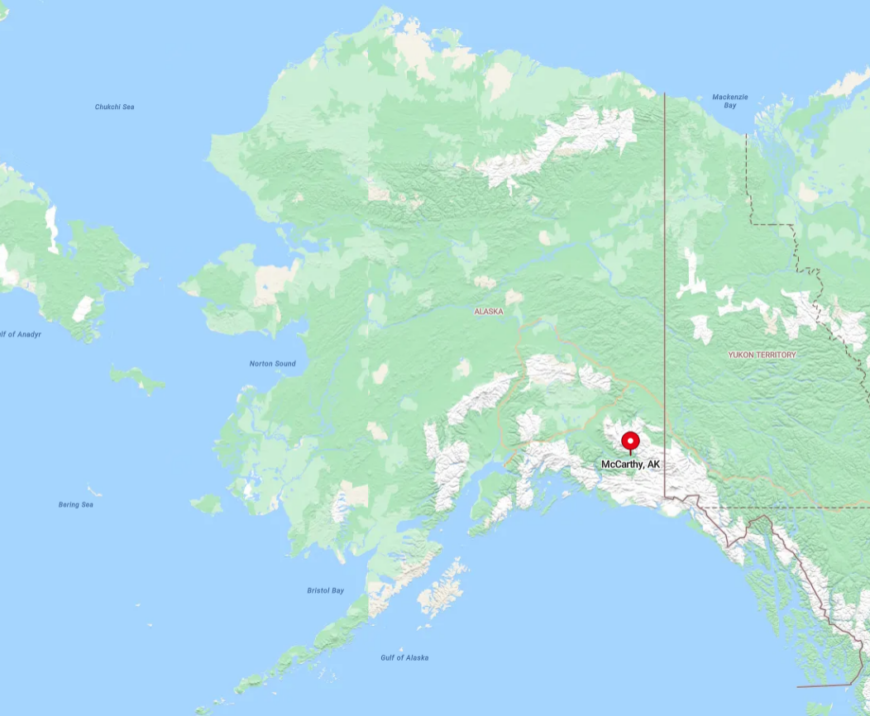
Located within Wrangell-St. Elias National Park and Preserve, McCarthy is at the end of the McCarthy Road, about 60 miles east of Chitina. The town’s remote position, encircled by mountains and glaciers, enhances its secluded feel. Access requires a long drive on a gravel road, crossing a footbridge, and possibly a shuttle ride, deterring casual visitors and preserving its tranquility.
The challenging journey and absence of large-scale development make McCarthy one of the most secluded towns in Alaska, offering an authentic experience far removed from the bustle of everyday life.





